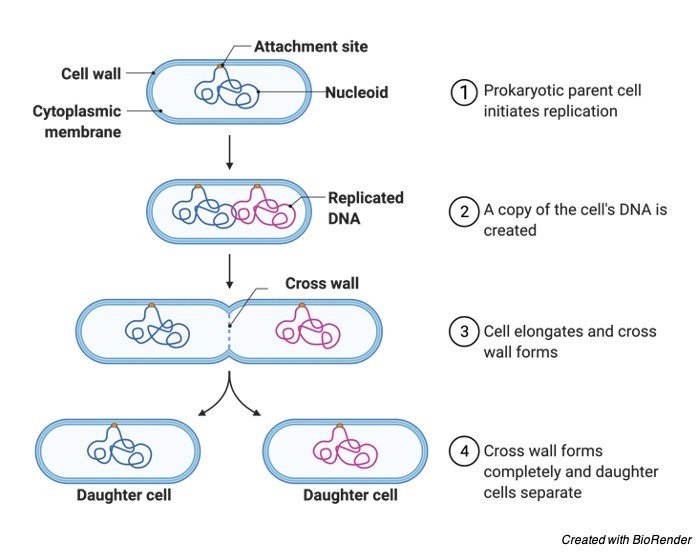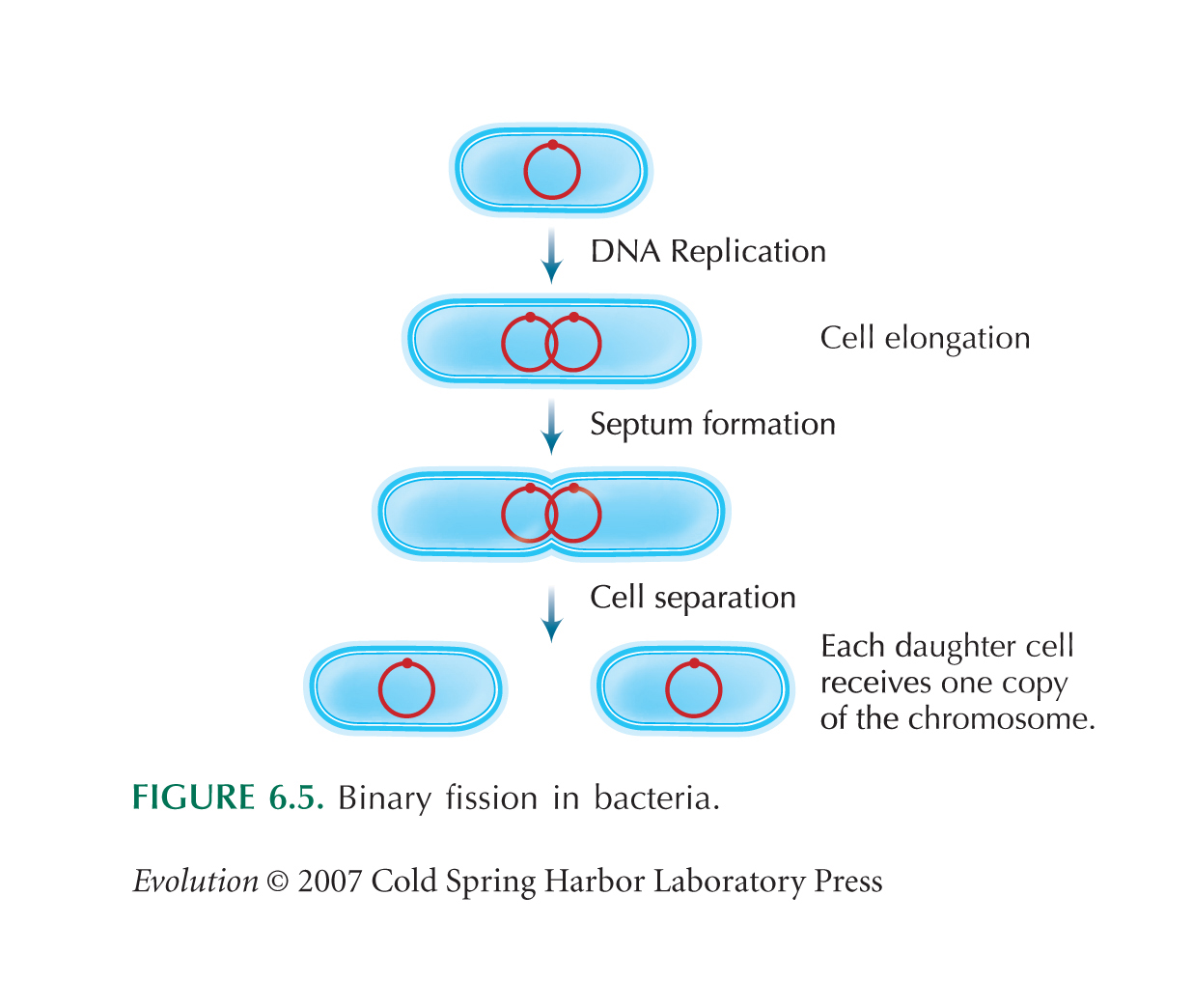

The order and timing of these processes (DNA replication, DNA segregation, division site selection, invagination of the cell envelope and synthesis of new cell wall) are tightly controlled. As division occurs, the cytoplasm is cleaved in two, and in many bacteria, new cell wall is synthesized. This machinery is positioned so that division splits the cytoplasm and does not damage DNA in the process. Other components of the division apparatus then assemble at the FtsZ ring. Protein monomers of FtsZ assemble into a ring-like structure at the center of a cell.


A key component of this machinery is the protein FtsZ. Then the many types of proteins that comprise the cell division machinery assemble at the future division site. Understanding the mechanics of this process is of great interest because it may allow for the design of new chemicals or novel antibiotics that specifically target and interfere with cell division in bacteria.īefore binary fission occurs, the cell must copy its genetic material (DNA) and segregate these copies to opposite ends of the cell. These investigations are uncovering the genetic mechanisms that regulate and drive bacterial cell division. Bacterial cell division is studied in many research laboratories throughout the world. But, to remain viable and competitive, a bacterium must divide at the right time, in the right place, and must provide each offspring with a complete copy of its essential genetic material. Conceptually this is a simple process a cell just needs to grow to twice its starting size and then split in two. Most bacteria rely on binary fission for propagation.


 0 kommentar(er)
0 kommentar(er)
